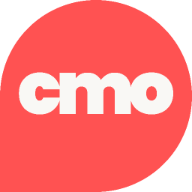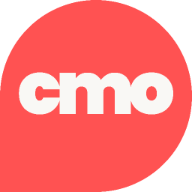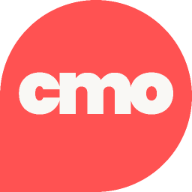Driving truly sustainable growth for your business is challenging. You're battling competitors, algorithm changes, and short attention spans, just to name a few.
To achieve long-lasting growth, you must take a comprehensive, data-driven approach that accounts for every stage of the customer journey.
Enter: The growth marketing funnel – an effective framework that helps you to understand and optimize the customer journey from awareness to advocacy.
What is growth marketing?
Growth marketing is all about rapidly gaining more customers and revenue through creative, data-driven tactics. The “growth” in growth marketing refers to gaining more customers, boosting revenue, or even gaining brand recognition.
It starts with gathering information on which marketing channels, tactics, campaigns, and experiments are the most effective and then focusing your efforts on the most successful ones.
"Growth marketing is a strategic mindset that focuses on the entire buying experience and aligns marketing efforts with revenue goals. It's about enabling all parts of the organization to increase customer acquisition and improve retention."
Nick Mamouzellos, Director of Demand Generation EMEA at LRN
Now, let’s get into some growth marketing funnel specifics.
What is the growth marketing funnel?
The growth marketing funnel is a model that maps out the entire customer journey from initial brand awareness to retention and advocacy.
It provides a strategic framework for attracting prospects, converting them into customers, and nurturing lasting relationships for sustainable growth.
The benefits of the growth marketing funnel
Visualizes the customer journey
From initial brand awareness to becoming a loyal advocate, the funnel visually maps out every step of the customer journey. This bird's eye view gives you an in-depth understanding of all the touchpoints to optimize for enhancing engagement.
Enables audience segmentation
The funnel allows you to bucket audiences based on their current mindset and needs at different stages. With this visibility, you can tailor messaging to speak their language at each particular stage instead of taking a one-size-fits-all approach.
Identifies drop-off points
You can see where different prospects are dropping out of the funnel, which gives you insight into the reasons why people might not be making it to the end. This means you can carry out different tests to see if you can repair any leaky areas of your funnel.
Conversion rate optimization (CRO)
Once drop-off points are identified, you can put tactics in place to improve conversions at those stages through the right content upgrades, UX enhancements, incentives, and frictionless experiences.
Data-driven decision making
Your data will show you the behavior of your customers throughout every stage of their journey. This means you can utilize your analytics to form evidence-based decisions on the likes of budgeting, channel mix, creative approaches, and more.
Aligns marketing strategies
The growth marketing funnel acts as a blueprint for mapping out cross-channel campaigns tailored precisely to the incentives and mindsets of each funnel stage's audience. This maximizes your relevance and ROI.
Enables lifecycle marketing
The funnel allows nurturing relationships way beyond the conversion stage by segmenting different audience tiers like existing users, churned users, evangelists, etc., which paves the way for sustainable revenue growth.
Predictive analytics
With rich historical data, the funnel enables predicting future customer trends and behavioral patterns to future-proof initiatives and adapt growth strategies before market shifts.
Key stages of the growth marketing funnel
Awareness
This is the top of your growth marketing funnel. Here, potential customers become aware of your brand, product, or service.
At this stage, it’s super important to carry out brand-building activities that inform prospects. This typically includes things like paid campaigns, social media campaigns, and content marketing.
Acquisition
At this stage, potential customers are starting to show interest. Maybe they’ll be downloading your gated content or signing up for a free trial.
If you see potential conversions dropping off, try altering aspects of your page like your messaging, button, use of color, etc. Getting traffic is great, but you want conversions to move your audience onto the next stage of the growth marketing funnel.
Activation
You’ve acquired your leads and now you want to ensure that they’re utilizing your product or service, or are at least engaging with your brand. Activation forms part of the customer onboarding process, and users who engage more quickly with a product or service are more likely to stay with you.
You’ll want to have a top-tier onboarding strategy, so implement initiatives to get customers engaging straight away – provide them with all the necessary tools and resources so they can experience the value of what you’re offering.
Retention
Retaining customers is fundamental. You need to engage them, provide value, and ensure they keep using your product or service.
Advancing your retention rates means improved growth, so make sure you’re checking in via emails, in-app messages, etc. This’ll ensure you’re top of mind and will encourage people to engage with your brand. A positive user experience is key, here.
Revenue
Here’s where you’re looking to monetize. You want to retain your customers, of course, but when it comes to the revenue stage, you’re looking to maximize customer lifetime value (CLV).
Look into upselling and cross-selling tactics, or implement subscription models or recurring revenue streams to boost revenue growth.
Referral
Who doesn’t love a good review or to know that your customers are so satisfied, they’re telling everyone about you?
Encourage your existing customers to refer your product or service to their network. You can encourage or increase this through referral programs, affiliate marketing, and review generation.
You can make this a natural part of the customer journey – send an automated email or in-app message after a successful experience. Make sure you thank your customers and don’t be afraid to incentivize them to make a referral.
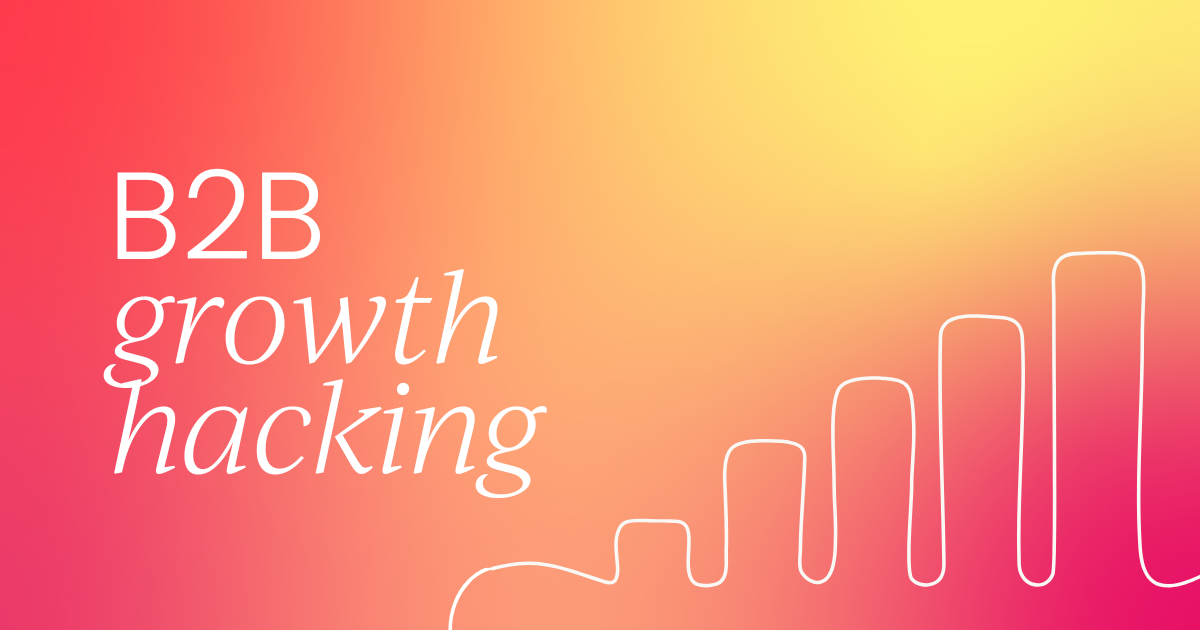
Growth marketing funnel vs traditional marketing funnel: What’s the difference?
Traditional funnel: Transactional and linear
- Focus: acquisition and conversion
- Less emphasis on retention, upsell, and advocacy
- Often operates in silos: brand, performance, CRM
- Measurement is campaign-based
Growth funnel: End-to-end lifecycle focus
- Starts at awareness but extends through retention, revenue, and referral
- Embraces constant experimentation and optimization
- Cross-functional: marketing, product, and customer success work together
- Metrics-centric: lifetime value (LTV), churn, cohort performance, growth rate
Why growth funnel thinking wins
- Reduces overreliance on new acquisition (expensive)
- Encourages sustainable revenue via retention, upsells, and word-of-mouth
- Enables feedback loops (user behavior → product/marketing changes)
- Better alignment of all teams (not just top-funnel focus)
In short, the growth marketing funnel takes you beyond “get leads” to “grow customers,” turning your funnel into a continuous growth engine.
How to build a growth marketing funnel for SaaS / B2B businesses
Stage mapping for SaaS / B2B
- Awareness
- Content (whitepapers, webinars, thought leadership)
- SEO + organic search
- LinkedIn or industry media sponsorships
- Acquisition
- Gated content downloads
- Free trial signups or product demo requests
- Targeted outbound outreach
- Activation
- First meaningful action (e.g. connect data source, set up profile, invite members)
- Use onboarding emails, checklists, in-app prompts
- Retention
- Encourage repeated usage (daily/weekly)
- Feature updates, in-app education, proactive support
- Revenue / Monetization
- Upgrade from free to paid tier
- Cross-sell modules / add-ons
- Pricing optimization, usage-based billing
- Referral / Advocacy
- NPS surveys and follow-ups
- Incentives for referrals (e.g. discounts, credits)
- Case studies and customer success stories
Key considerations and tips
- Freemium vs free trial: choose based on time to value, usage patterns, and sales cycles
- Onboarding is mission-critical: the sooner a user sees value, the lower drop-off
- Customer success handoff: ensure smooth transition from marketing to customer operations
- Trigger-based upsell nudges: e.g. usage thresholds, add-on suggestions
- Deli ver content & nurture sequences by vertical / role: B2B purchases often involve multi-stakeholder groups
- Use intent data & account-based marketing (ABM) in parallel to funnel work, for high-value accounts
By adapting the generic funnel stages to your business model, you’ll produce a more executable growth plan that can be measured, iterated, and scaled.

How to measure conversion rates (and benchmarks) at each funnel stage
For growth marketers, one of the biggest challenges is turning a funnel model into actionable scorecards. You need to know where prospects are converting — or dropping off — and whether your performance is good, average, or poor. This section helps you do exactly that.
Conversion rate definitions by stage
- Awareness → Acquisition: Percentage of people who become leads (e.g. click ad → landing page sign-up).
- Acquisition → Activation: Proportion of leads who meaningfully engage (e.g. activate trial, open first feature)
- Activation → Retention: Users who return / engage over a defined time period (e.g. still active after 30 days)
- Retention → Revenue: Portion of retained users who upgrade, purchase again, or subscribe
- Revenue → Referral: Share of users who make a referral (invite, share, advocate)
Benchmark ranges and context
Benchmarks vary heavily by industry, business model, and audience. Still, here are some rough guidelines (use them as directional checks, not absolutes):
- Awareness → Acquisition: 1%–5% (for paid campaigns)
- Acquisition → Activation: 20%–50% (depends on funnel friction)
- Activation → Retention: 30%–70% (over specific time windows)
- Retention → Revenue: 10%–30% (upgrade, recurring payments)
- Revenue → Referral: 5%–20% (depends on incentives, product virality)
Tips to improve your conversion rates
- Use micro-conversions (e.g. watch video, open email) to detect early signals
- A/B test landing page layouts, CTAs, onboarding flows
- Add social proof, urgency, and trust signals
- Use analytics segmentation to find underperforming cohorts
- Identify friction (e.g. load times, form length) and remove it
By tracking conversion rates side by side, you’ll see which stages are underperforming, giving you laser focus for experiments and optimization.
Common funnel drop-off points and how to repair them
Even the best funnel will have leaky spots. The smart marketers are those who identify and plug them. Below are drop-off “hot zones” and proven tactics to fix them.
Top drop-off zones
- Landing page → Lead capture: user sees your ad/content but doesn’t click or convert
- Lead → Activation: they sign up but never engage or start using product
- Activation → Retention: first user engagement doesn’t stick
- Retention → Revenue / upsell: users stay but don’t become paying or upgraded
- Revenue → Referral: happy users don’t actually refer
Repair tactics by zone
| Zone | Common causes | Fixes / tactics |
|---|---|---|
| Landing → Lead | Weak messaging, irrelevant offer, slow page, lack of trust | Tighten messaging, match ad–landing alignment, optimize page speed, include testimonials |
| Lead → Activation | Clunky onboarding, lack of guidance, friction at first step | Provide guided tours, tooltips, checklists, in-app onboarding, welcome emails |
| Activation → Retention | Users don’t see ongoing value, no reminders, UX issues | Trigger push/email reminders, segmentation-based content, re-engagement flows |
| Retention → Revenue | No upsell path, misaligned pricing, lack of incentives | Use behavior-based prompts, tiered plans, discounts, add-ons |
| Revenue → Referral | Users don’t think to share, no reward, low trust | Referral programs, social sharing incentives, reminders after success moments |
Diagnosing via funnel analytics
Use cohort and drop-off analyses to pinpoint exactly where users abandon. Visualize the funnel (e.g. Sankey charts), and run experiments, starting with the highest-leverage leak.
Over time, you’ll repair the funnel systematically rather than chasing random improvements.
Tried-and-tested growth marketing strategies and tactics
Market, customer, and competitor analysis
If you want your growth marketing efforts to succeed, you need to start with thorough research. We're talking in-depth market analysis; getting to know your target customers intimately and scoping out the competition like a pro.
Don't just collect data for data's sake though – put on your analyst hat and dissect that info to pinpoint strengths, weaknesses, gaps to exploit, and how you can differentiate.
A great way to do this is by conducting a SWOT – strengths, weaknesses, opportunities, and threats – analysis.
SMART goals
Vague goals like "increase sales" are non-starters. You need goals that are SMART – specific, measurable, achievable, relevant, and time-bound – goals. That means goals that are crystal clear.
Let's break it down:
Specific: We want goals that are crystal clear, like "boost email sign-ups by 25% within the next quarter."
Measurable: If you can't measure it, how will you know if you've achieved it? A measurable growth marketing goal could look like “increase marketing qualified leads (MQLs) by 15% over the next quarter.”
Achievable: Dream big, but keep it realistic. The goal of "becoming a billion-dollar company by next year" is probably unrealistic for a small startup, unless you have massive resources.
Relevant: Your goals should ladder up to your overarching business aims. Don't chase vanity metrics that don't make real moves.
Time-bound: Clear timelines create a sense of urgency and accountability, and help to keep you on the right track.
Having a set of SMART goals is a great way to stay laser-focused and map out every decision and tactic you implement.
Channels and tactics
With so many marketing channels and tactics out there, it's easy to fall for shiny new objects. You can't just chase every latest trend though.
Do your research on where your ideal audiences are actively engaging, then map out the perfect channel mix and specific campaigns to deploy on each one.
Maybe you want to stick with proven channels like email, SEO, social, and PPC (pay-per-click), but you’re also thinking of branching out to the likes of TikTok, the key is understanding what works for your brand and your audience.
@revenue.marketing In this short, Tara Robertson, CMO of Bitly, outlines tactics for influencing change in your org. #marketingtips #revenuemarketing #csuite ♬ original sound - Revenue Marketing Alliance
For example, when it comes to B2B marketing, LinkedIn is the channel B2B buyers most regularly use, and YouTube is a great platform for people who want to learn with video – we’ve all used it as our go-to for a “how-to” guide, right?
Carefully evaluate each channel and tactic based on factors like cost, potential reach, and alignment with goals, and continually monitor your performance to discover what’s working and what isn’t.
A customer-centric approach
At the end of the day, growth marketing is all about putting your customers first. You need to intimately understand their entire journey from awareness to conversion to retention and advocacy.
Create detailed buyer personas built from real surveys and data. With those insights, you can craft personalized strategies that speak directly to the wants and needs of your customers at every touchpoint.
Budgeting and resource allocation
Even the most brilliant strategies will flop without the necessary investment behind them. That's why nailing your budgeting and resource allocation from day one is crucial.
You need to thoughtfully invest your hard-earned dollars, time, and energy into areas that'll max out returns. Balance paid channels with cost-efficient organic and owned efforts.
Stay nimble and reallocate resources towards what's driving performance. If something's underperforming, cut it loose. If it's making waves, double down!
Key performance indicators (KPIs)
KPIs are little growth trackers that keep you grounded and focused on your goals.
To avoid getting overwhelmed by an abundance of data, select 5-10 high-impact KPIs per initiative that directly align with your targets. Things like website traffic, conversion rates, email metrics – whatever shines a light on the tactics that are working or not. Then analyze and optimize the heck out of whatever those KPI insights are telling you.
Each of your KPIs should give you a different lens for evaluating how effectively your tactics are moving you toward that overarching goal.
Lead generation and demand generation
For effective lead and demand generation, it’s always a good idea to implement a versatile mix of tactics suited to your audience’s preferences. For example:
Content marketing
Content marketing provides your audience with information to help them get to grips with specific topics and enhance their knowledge. Gated content like eBooks and reports go that extra step further – they offer your audience something a little weightier while ensuring you drive leads for the business.
SEO
Even the best content is useless if no one can find it. Invest in technical SEO, on-page optimization, link building, and other tactics to boost organic traffic and visibility.
Make sure you’re optimizing your old or outdated content, too. Readers want the most up-to-date information, so go back and analyze what’s in your roster.
PPC and paid social
Targeted paid ad campaigns can quickly get you in front of prime prospects when they're actively searching for solutions. Remember to come back to your research – where does your target audience get their information? Which channels do they utilize most? Where do they go to solve their problems?
Make sure you’re targeting the right people in the right place and at the right time.
Account-based marketing (ABM)
ABM focuses on directing your marketing and sales toward a set of high-value target accounts. It allows you to personalize your content, campaigns, and sales pitches to accounts that’ve been identified as the most relevant and profitable.
Referral marketing
Who better to market for you than your happiest customers? We’ve touched on the importance of word-of-mouth marketing before. Implement incentives to turn your established fans into growth engines.
Webinars and virtual events
People love interactive multimedia content. Webinars, live-streams, and virtual summits educate while capturing leads. A bonus? Online webinars and virtual events mean attendees can participate from anywhere in the world, rather than missing out because they don’t live in the right location.
The list goes on. And remember to get creative! You need a constant stream of fresh opportunities filling that funnel.
Closing thoughts on the growth marketing funnel
Achieving sustainable growth is an ongoing exercise. The most successful marketers review and refine their funnel strategies continuously as new data, trends, and market shifts emerge.
Remember your primary focus: The customer. Focus on providing them with continuous value at every stage of the funnel; deliver top-tier experiences, address their pain points, and ensure what your offering genuinely solves their problems or improves their lives.






.png)



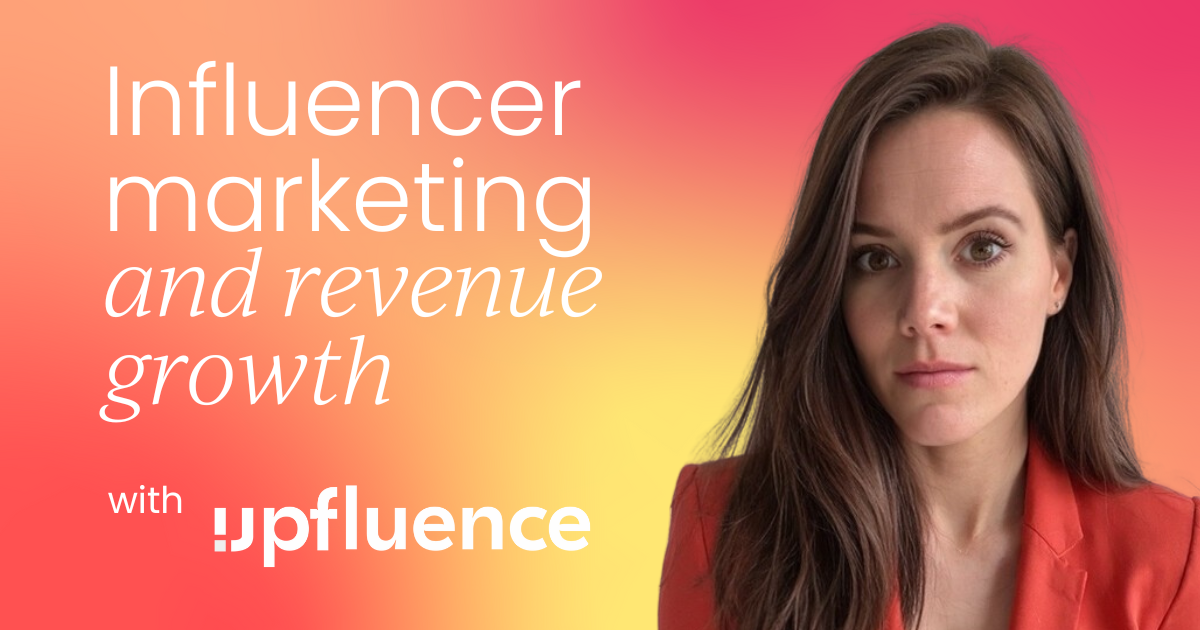
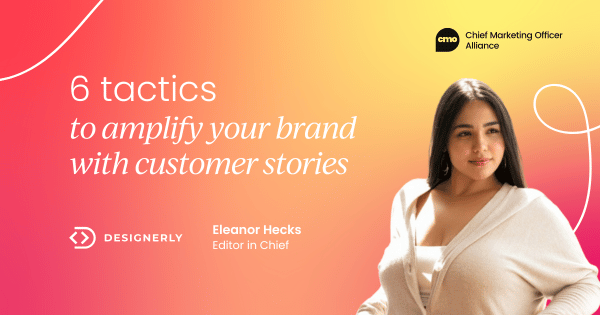




 Follow us on LinkedIn
Follow us on LinkedIn